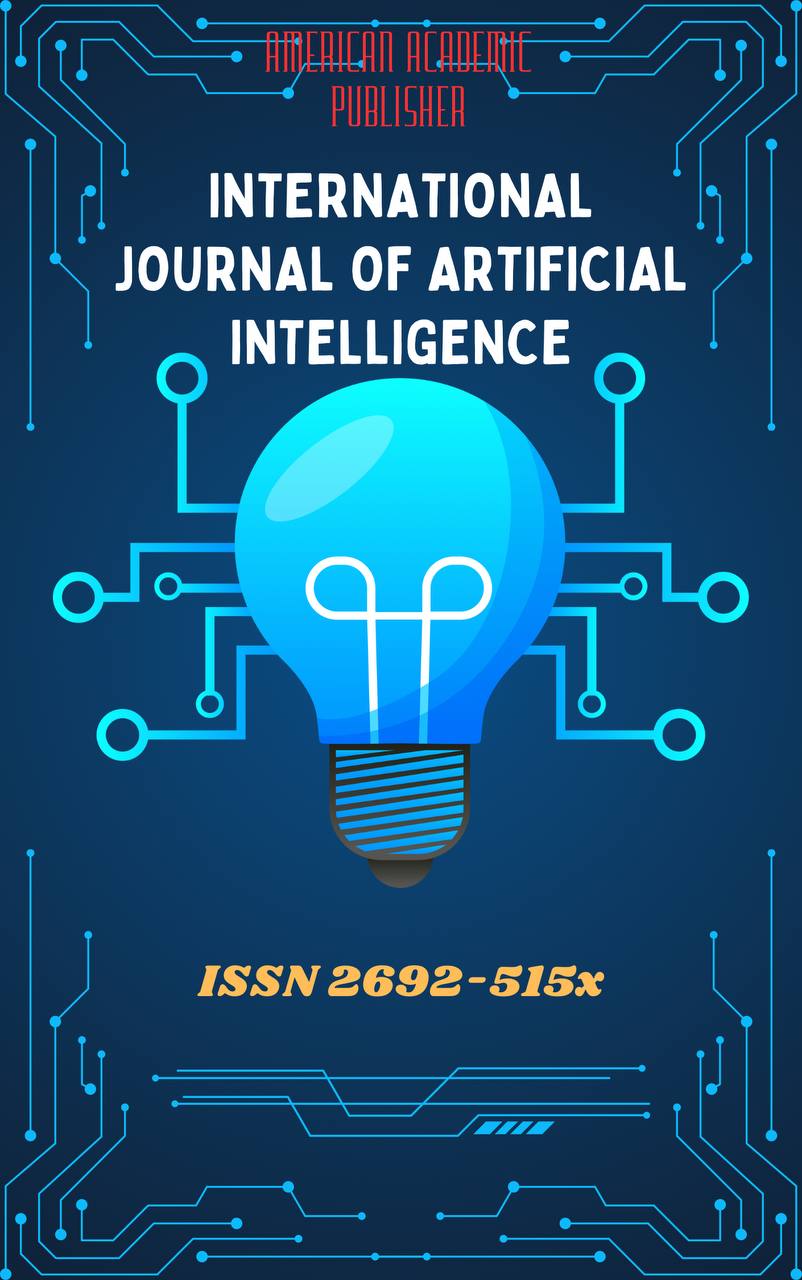 Articles
| Open Access |
Articles
| Open Access | LINGUOCOGNITIVE MODEL OF BILINGUAL CONSCIOUSNESS: MECHANISMS OF INTERFERENCE AND CONCEPTUAL SYNTHESIS
Komilova Gulmira Olimovna , Acting Associate Professor (PhD) of the Tashkent International University of Financial Management and TechnologiesAbstract
This article analyzes the formation and development of bilingual consciousness from the perspective of a linguocognitive approach. The study explains interference and conceptual synthesis as the main mechanisms of bilingual thinking. The article analyzes the interaction of conceptual systems specific to both languages, the processes of semantic transfer and integration, and sheds light on the complex, dynamic and creative nature of bilingual consciousness. It also scientifically reveals the interrelationship between language and thinking in a bilingual person, the formation of new meaning structures through a cognitive interface. The results of the study provide a theoretical basis for analyzing the phenomenon of bilingualism in the context of language theory, psycholinguistics, and cognitive sciences.
Keywords
bilingual consciousness, linguocognitive model, interference, conceptual synthesis, cognitive interface, semantic transfer, integration, cognitive linguistics, language and thinking, bilingualism
References
Apresyan, Yu. D. Lexical semantics: synonimicheskie sredstva yazyka. — Moscow: Nauka, 1995. — 472 p.
Evans, V., Green, M. Cognitive Linguistics: An Introduction. — Edinburgh: Edinburgh University Press, 2006. — 830 p.
Hasanova, X. B. Language and thought: a cognitive approach and linguistic and cultural analysis. — Tashkent: Fan, 2020. — 212 p.
Ismailov, H. Language and culture: the phenomenon of bilingual consciousness. — Tashkent: Akademnashr, 2021. — 198 p.
Kecskes, I. Intercultural Pragmatics and Communication. — Oxford: Oxford University Press, 2013. — 312 p.
Kubryakova, E. S. Yazyk i znanie: Na puti polucheniya znaniy o yazyke. — Moscow: Yazyki slavyanskoy kultury, 2004. — 560 p.
Lakoff, G., Johnson, M. Metaphors We Live By. — Chicago: University of Chicago Press, 1980. — 256 p.
Langacker, R. W. Foundations of Cognitive Grammar. Vol. 1: Theoretical Prerequisites. — Stanford: Stanford University Press, 1987. — 540 p.
Pavlenko, A. Bilingual Minds: Emotional Experience, Expression, and Representation. — Clevedon: Multilingual Matters, 2006. — 280 p.
Weinreich, U. Languages in Contact: Findings and Problems. — The Hague: Mouton, 1953. — 148 p.
Article Statistics
Downloads
Copyright License

This work is licensed under a Creative Commons Attribution 4.0 International License.

